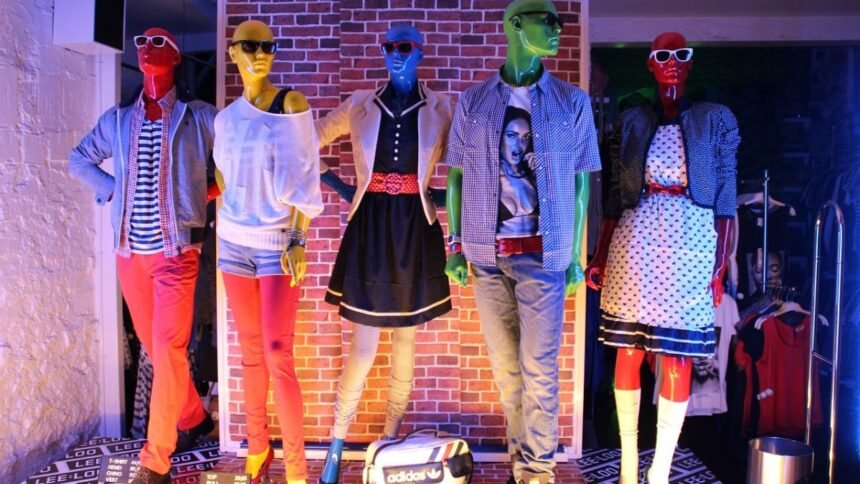Fashion forward flair: Fashion’s attraction is its capacity to capture societal changes, cultural vitality, and personal expression. It’s a dynamic canvas where classic aesthetics blend with current trends to create a work of art we may wear daily. Style cycles follow the calendar pages, offering a fun challenge to companies, designers, and fashionistas alike: how to blend what’s “in” with what’s “forever”?
This thorough analysis of the fashion phenomena will determine the right balance between ephemeral trends and timeless elegance. From Jordan Peterson’s ‘Find Your Style,’ where the professor positioned clothing as a tool for establishing identity, to the countless runways and streets of major cities pulsating with thematic trends, it’s clear that fashion is far more than just fabrics; it’s a language, a statement, an extension of the self.
The Pulse of Current Fashion Trends
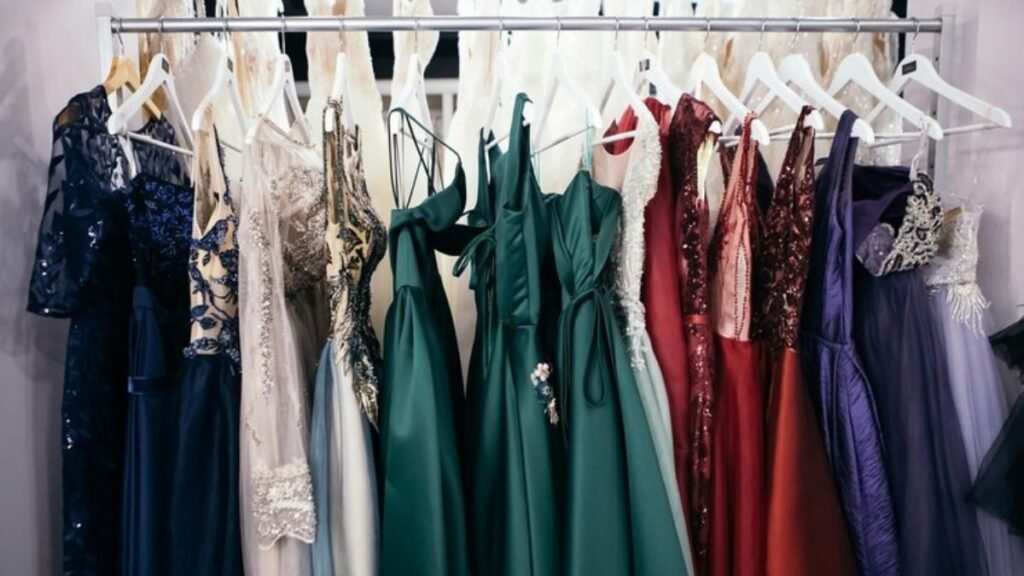
Fashion is a field that is constantly changing. Current trends highlight how the business responds to its surroundings by marrying luxury with practicality. This is what’s drawing interest:
Sustainable Fashion:
- Eco-friendly materials: bamboo, organic cotton, and recycled fabrics.
- Transparency in manufacturing processes.
- Brands with a commitment to reducing their carbon footprint.
Tech-Wear:
- Clothing integrated with technology for enhanced functionality.
- Smart fabrics that change color or texture in response to environmental conditions.
- Wearables that monitor health metrics or connect to devices.
Retro Revival:
- 70s bohemian styles with a modern twist.
- 80s and 90s nostalgia influencing designs, patterns, and color schemes.
- Classic vintage looks reinterpreted for contemporary tastes.
Gender Fluid Fashion:
- Unisex collections breaking traditional gender norms.
- Fluid silhouettes, neutral palettes, and versatile designs.
- Increased focus on inclusivity and self-expression.
Today’s fashion pulse is a complex yet harmonious blend of past influences, present conditions, and future possibilities, producing an atmosphere ripe for innovation and reinterpretation.
YOU MAY LIKE IT: Modern Kaba Styles For Funerals
Trends vs. Timeless Style
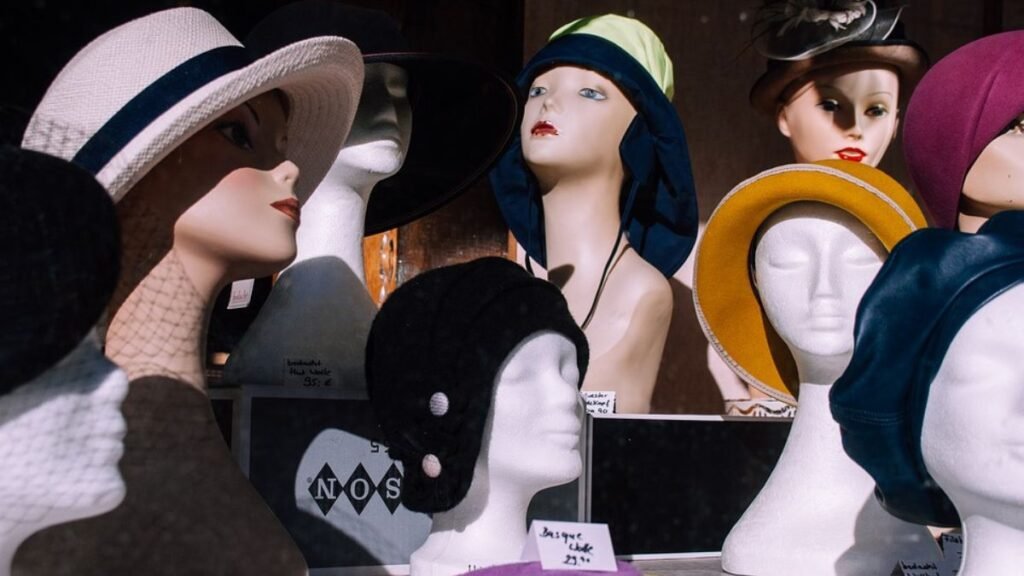
In fashion, trends come and go quickly; they are like the quicksilver of the industry. They are the symphony of hues and phrases that epitomize the current culture. However, standing steadfast amidst this temporal whirlwind is the timeless style, the quiet sophistication that endures the test of time.
The Core of Timeless Fashion
Timeless style embodies the values of adaptability, quality, and simplicity and is more than just a haven in the storm of fads. These clothing and accouterments form the foundation of every carefully chosen wardrobe.
Quality Over Quantity:
- Investment in high-quality materials and craftsmanship ensures longevity.
- Appreciation for pieces that can withstand the ebb and flow of trends.
Versatile Essentials:
- The significance of staple items like the little black dress, tailored suits, and classic white shirts.
- These essentials provide a foundation that can be dressed up or down according to the occasion.
Simplicity and Elegance:
- A minimalist approach emphasizing clean lines, neutral colors, and uncluttered designs.
- Elegance in simplicity allows for timeless pieces to seamlessly adapt to changing trends.
Bridging Trends with Timelessness
The skill of mixing modern and traditional looks is in the careful selection of one’s clothing so that each item has a function and harmonizes with the others.
Accessorizing with Purpose:
- Strategic use of trendy accessories to refresh timeless outfits without overshadowing their simplicity.
- Accessories like bold jewelry, vibrant scarves, or statement shoes can add a contemporary edge to classic looks.
Layering and Texturing:
- Integrating textures and layers to add depth and interest to traditional pieces.
- Combining different fabrics and materials, such as pairing a leather jacket with a silk blouse, bridges the gap between edgy and elegant.
Customizing to Personal Style:
- Encouraging individual expression by adapting trends to suit personal tastes and body types.
- Personalization ensures that the essence of the individual shines through, irrespective of the fashion season.
Through these strategies, the dialogue between the fleeting and the eternal in fashion continues, fostering an environment where creativity and authenticity thrive. The challenge and beauty of fashion lie in this perpetual balancing act—honoring the past while eagerly anticipating the future.
The Relentless Evolution of Fashion
Gazing into history, we see fashion has been a constant metamorphosis, reflecting the era’s social, political, and economic climate. Industrial revolutions, world wars, and hippie counter-culture to the digital age have left an indelible mark on what the world wore. Trends emerge to fulfill new needs or desires, embodying the spirit of change. Yet, in this extended catwalk, certain pieces and patterns persist as ‘chic.’
Fashion Forward Flair
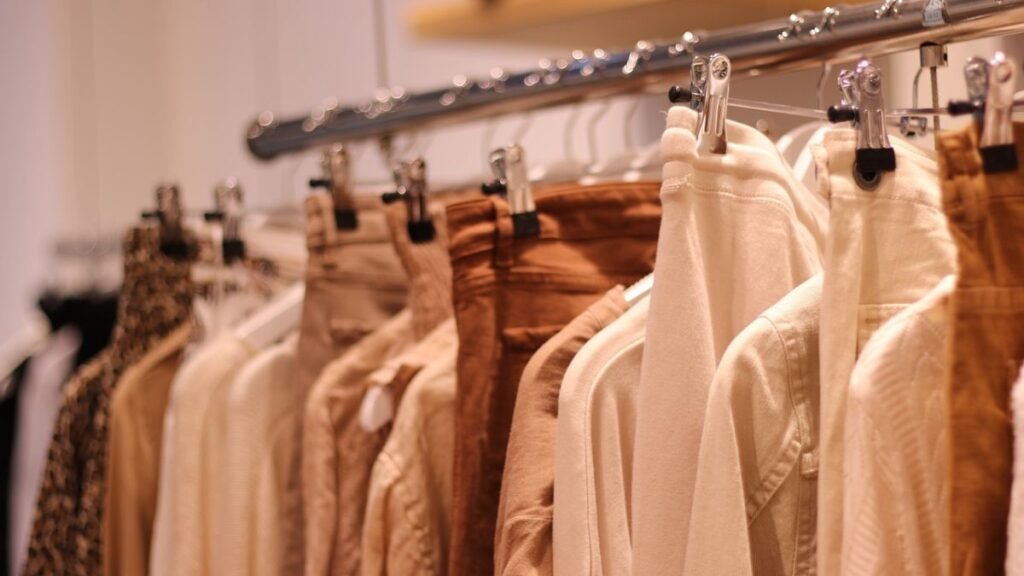
What defines fashion as ‘forward’ is its ability to surprise, innovate, and evoke. It’s about designing clothes and visual narratives that inspire and provoke thought. This flair often finds its footing at the intersection of what society needs and what designers dream up.
The Power of Color in Fashion
The role of color in fashion cannot be overstated. It’s a tool for communication, emotion, and even influence. Here’s how color shapes our perception of style:
Psychological Impact:
- Colors evoke certain feelings; red can signify passion, while blue may invoke calmness.
- Designers use color psychology to create collections that resonate emotionally with their audience.
Trendsetting Colors:
- Each season sees a palette of trendsetting colors that dominate the fashion scene, often influenced by Pantone’s Color of the Year.
- These colors often reflect broader cultural moods and shifts, making them poignant markers of the times.
Color as a Statement:
- Bold, unconventional color combinations can serve as a statement of individuality and defiance against traditional norms.
- The choice of color can elevate a simple design to something memorable and striking.
The Role of Technology in Fashion Innovation
Technology is completely changing the fashion business, from the shopping experience to design and production. Key areas where technology is having an impact include the backdrop of modern living:
Sustainable Manufacturing:
- Advanced technologies enable more eco-friendly production processes, reducing waste and energy consumption.
- 3D printing allows for precision in production, minimizing material excess and fostering on-demand manufacturing.
Wearable Technology:
- Incorporating technology directly into garments, such as LED-lit dresses or solar-powered jackets, pushes the boundary of traditional fashion.
- Smart textiles can adapt to environmental changes, enhance the wearer’s experience, or even collect health data.
Augmented Reality Shopping:
- AR apps allow consumers to try on clothes virtually, enhancing online shopping experiences and reducing return rates.
- Virtual fitting rooms are gaining popularity, blending the convenience of online shopping with the confidence of in-store purchases.
Cultural Influences on Fashion Evolution
Fashion is deeply intertwined with culture, each influencing and reflecting the other. Cultural shifts often herald new fashion trends:
Global Fusion:
- The blending of elements from different cultures creates a rich tapestry of global fashion, celebrating diversity and inclusivity.
- This cross-cultural exchange opens up new avenues for creativity and innovation in design.
Pop Culture and Media:
- Movies, music, TV shows, and influencers play a significant role in popularizing certain styles and trends.
- The rapid dissemination of these trends through social media platforms has democratized fashion, allowing it to evolve more quickly and organically.
Historical Revivals:
- Periods of nostalgia often see the revival of historical fashions, reinterpreted with a modern twist.
- These revivals serve as a homage to the past, while allowing for reinterpretation and renewal in the context of contemporary life.
The Avant-Garde in Mainstream
The avant-garde has historically been an unofficial ambassador for tomorrow’s standards. It’s the First Class cabin to mass production’s more modest coach. The catwalks of Comme des Garçons, Maison Margiela, or Jean-Paul Gaultier have shown us the unthinkable, only to witness fragments of their grandiose visions trickle down into the shopping mall a few seasons later.
ALSO READ: Schutz Maryana Boot
The Intersection of Trends and Timelessness
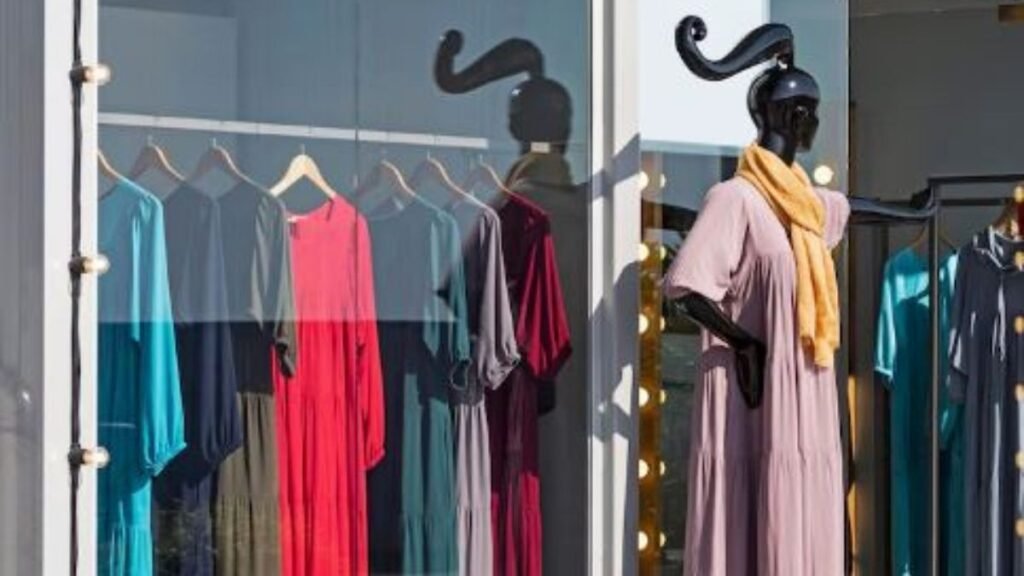
The Eternal Cycle of Fashion
- Fashion trends are cyclical, often revisiting and reinterpreting styles from past decades.
- The ‘timeless’ aspects of fashion serve as an anchor, maintaining a continuity that transcends fleeting trends.
- Designers often draw inspiration from historical garments, infusing them with contemporary sensibilities to create something both novel and familiar.
The Role of Innovation
- Innovation in materials, design techniques, and technology continually reshapes what is considered trendy.
- The push for sustainability and ethical production methods is driving the creation of timelessly appealing, quality garments that defy seasonal disposability.
- Innovations such as smart fabrics and wearable technology challenge traditional notions of fashion, creating new paradigms that blend form, function, and futurism.
Cultural and Social Dynamics
- The zeitgeist of each era plays a crucial role in defining the intersection between trendy and timeless.
- Social media influences and global connectivity have accelerated the spread of trends, while also cultivating a heightened appreciation for uniquely timeless pieces.
- Cultural movements, from punk to minimalism, offer a rich tapestry of styles that simultaneously embody the spirit of their time and transcend it, contributing to the evolving narrative of timeless fashion.
Personal Expression and Identity
- The interplay between trends and timelessness allows individuals to curate personal styles that reflect both their place in the world and their inner selves.
- Fashion becomes a mode of self-expression, where the timeless elements of one’s wardrobe anchor their aesthetic, while trends offer a playground for experimentation and evolution.
- This dynamic enables a personal narrative that is both responsive to the changing world and deeply rooted in individual identity.
Navigating the crossroads where the avant-garde meets the classical isn’t a simple case of compromise. It’s an art of harmonization. The key is not to reject trends outright but to integrate them into a wardrobe that’s as enduring as it is versatile.
Symbiosis of Wardrobe Staples and Statement Pieces
We dissect the concept of wardrobe symbiosis, where the core of your outfit remains timeless, supported by the occasional trend-led pieces that inject novelty. This balance is critical to not only avoiding sartorial saturation but also to ensuring sustainability in the choices we make regarding our clothes.
Case Studies in Fusion
Real-world examples often are the sparks behind theoretical musings, and the complex relationship between trends and timelessness is no exception. Brands and individuals who masterfully blend these elements stand as living case studies.
The Runway Trend-Transcendents
We showcase runway trendsetters that broke through the noise and became signatures of an era, such as Yves Saint Laurent’s iconic ‘Le Smoking’ or Chanel’s little black dress, which persist today.
Impact on Consumer Behavior
The interplay between what’s popular and what’s perennial significantly influences consumers’ decisions when standing at the cross-section of purchase choices.
From Catwalk to Sidewalk – The Ripple Effect
We analyze how the ‘fast fashion’ model rapidly translates catwalk trends into affordable, accessible pieces, influencing a culture of disposability. Simultaneously, an emerging trend towards sustainability is driving demand for quality and everlasting style.
Conclusion
The dialogue between trends and timeless style remains a compelling narrative in fashion. By carefully selecting which elements to align with personal style, individuals can curate wardrobes that transcend temporal distinctions, unified in expressing their dynamic identities. In a society where individuality is increasingly valued, the opportunity to engage with style as a fluid reflection of one’s self is an exciting frontier to explore.
FAQs
Q: How do designers balance between trends and timeless designs?
A: When combining cutting-edge concepts and trends with classic designs, designers balance these factors by comprehending their essence and historical value. By maintaining a balanced perspective on contemporary cultural and aesthetic tastes, designs are made to be both timeless and relevant.
Q: Can sustainable fashion be both trendy and timeless?
A: Definitely. High-end, classic-looking, ecologically beneficial clothing is the primary goal of sustainable fashion. These pieces are made to last and look great throughout the seasons since quality materials and craftsmanship are given priority, perfectly capturing the combination of trendiness and timelessness.
Q: What role does technology play in fashion innovation?
A: Technology plays a critical role in fashion innovation, from the research of eco-friendly materials to the production of wearable gear that combines functionality with style. It gives designers the freedom to create genuinely innovative pieces that redefine fashion while extending the wearability and durability of clothing.
Q: How can consumers identify timeless pieces?
A: Timeless pieces usually possess classic lines, high-quality fabrics, and a neutral palette for versatility across occasions and trends. Consumers should look for garments that feel authentic to their style and are crafted with care, indicating they will endure beyond the current fashion cycle.



